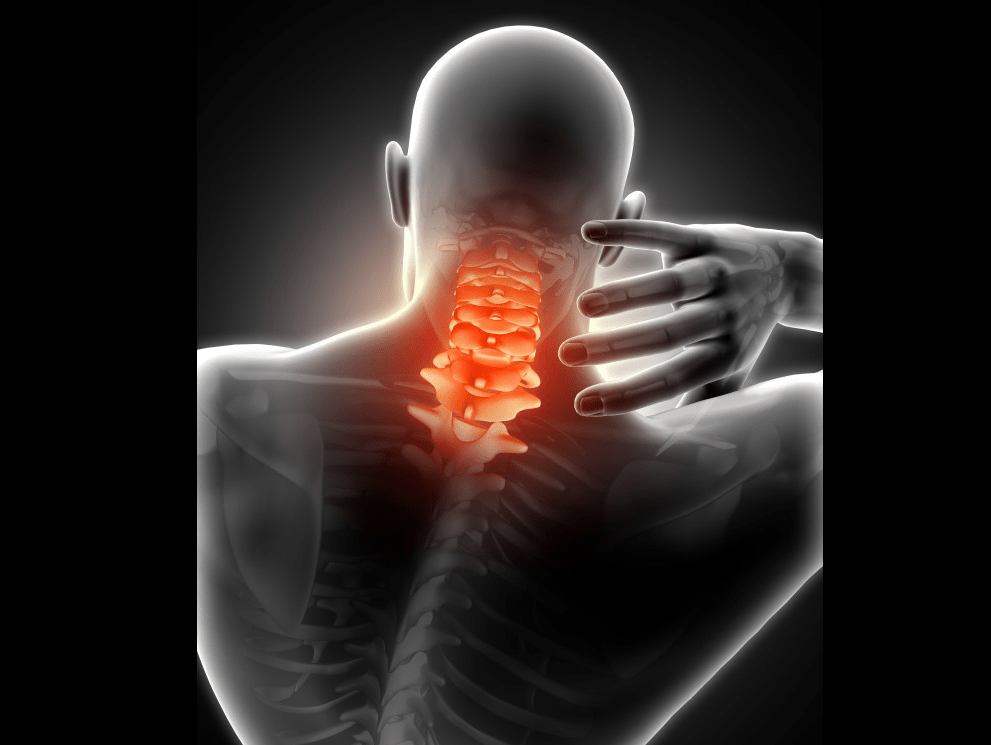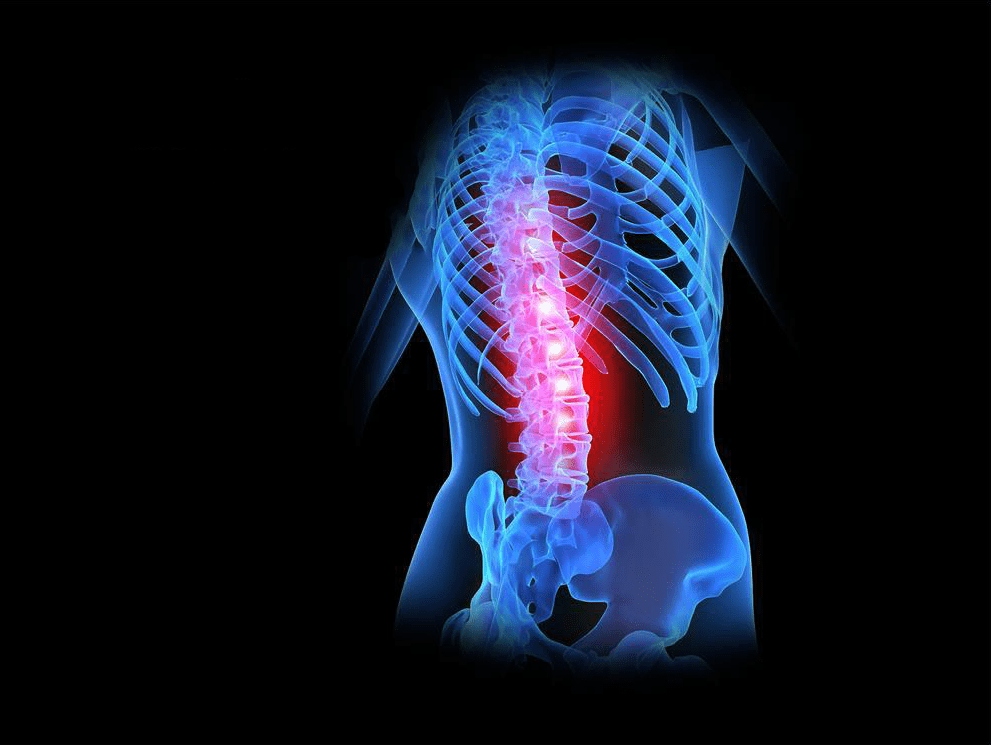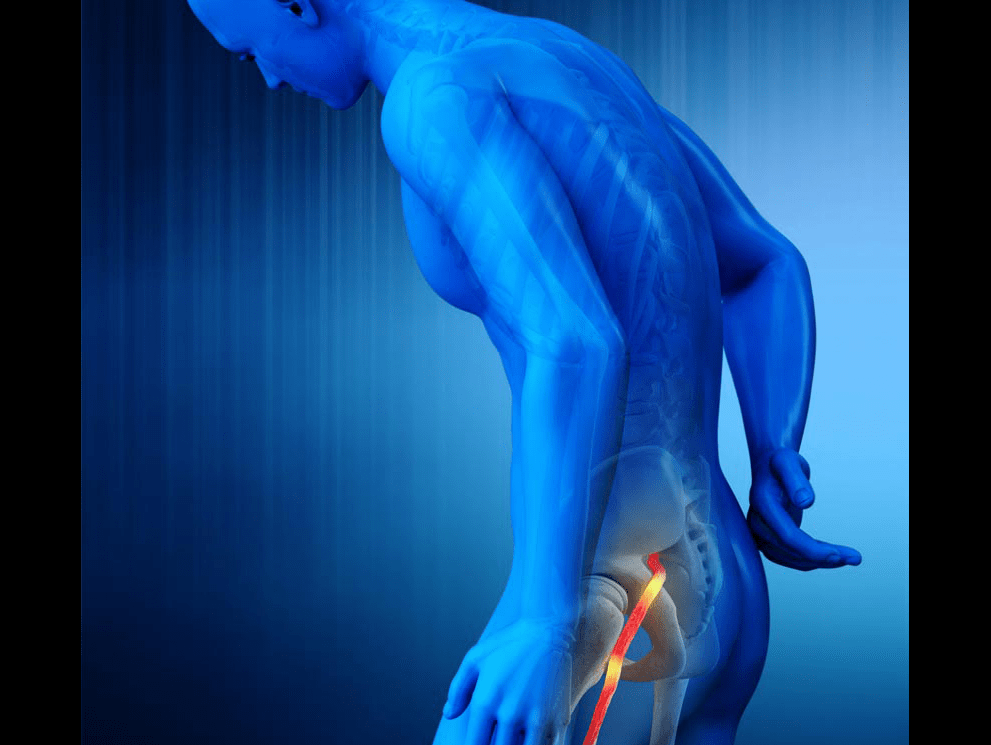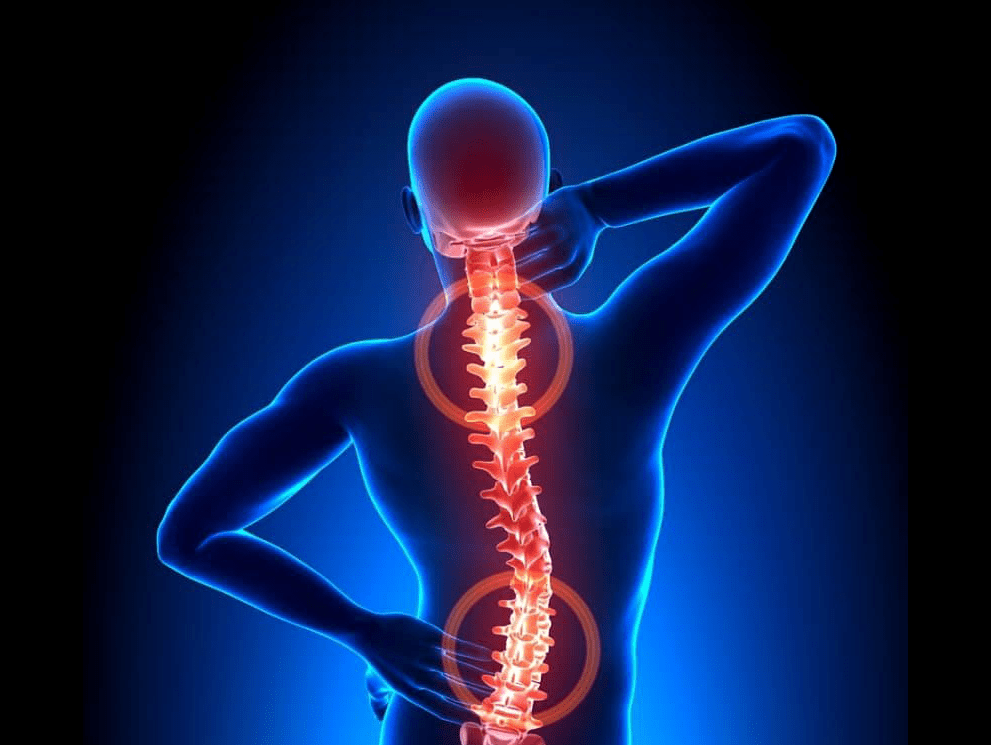Neck Pain
Neck pain is a common complaint that can be caused by a variety of factors, including poor posture, injury, or underlying medical conditions. It can range from mild discomfort to severe pain and can affect your ability to perform daily activities.
Low Back Pain
Low back pain is a common condition that can be caused by a variety of factors, including poor posture, injury, or underlying medical conditions. It can range from mild discomfort to severe pain and can affect your ability to perform daily activities.
Physiotherapy can be an effective treatment for low back pain, as it can help to relieve pain, reduce inflammation, and improve range of motion. A physiotherapist will typically perform an assessment to determine the cause of your low back pain and develop a personalized treatment plan.
Cervical Spondylosis
Cervical spondylosis, also known as cervical osteoarthritis, is a condition that involves degeneration of the cervical spine (the neck vertebrae and discs) due to wear and tear over time. This degeneration can cause changes in the bones, discs, and joints of the neck, leading to symptoms such as neck pain, stiffness, and limited range of motion.
Other common symptoms of cervical spondylosis include:
- Headaches
- Shoulder pain
- Tingling or numbness in the arms, hands, legs, or feet
- Weakness in the arms or hands
- Difficulty with balance or coordination
A physiotherapist can develop a treatment plan that may include exercises to improve neck mobility, strengthen neck muscles, and improve posture.


Lumbar Spondylosis
Causes: Lumbar spondylosis is primarily caused by age-related wear and tear on the spine, but it can also be influenced by genetic factors, lifestyle choices, and certain medical conditions.
Symptoms: Common symptoms of lumbar spondylosis include lower back pain, stiffness, and weakness, as well as tingling or numbness in the legs and feet.
Diagnosis: A diagnosis of lumbar spondylosis is typically made through a combination of physical examination, medical history, and imaging tests such as X-rays, CT scans, or MRI scans.
Treatment: Physiotherapy treatments for lumbar spondylosis may include exercises to strengthen the core and improve flexibility, manual therapy to improve joint mobility, and postural correction to prevent further strain on the lower back.
Spondylitis
Spondylitis is a chronic condition that affects the spine, causing inflammation and stiffness. It can lead to pain and limited mobility and often develops gradually over time. Physiotherapy can be an important part of spondylitis treatment, helping to improve flexibility, strength, and mobility. Treatment may include stretching and strengthening exercises, manual therapy techniques to reduce pain and stiffness, and postural education to reduce strain on the spine. While there is no cure for spondylitis, with proper treatment and management, many people with the condition are able to maintain an active, healthy lifestyle.


Sciatica
Pressure on the sciatic nerve can cause severe pain radiating down the leg. Physiotherapy can address the root cause of sciatica, often related to spinal and pelvic alignment issues, through exercises and gentle stretches.
Radiculopathy
Radiculopathy is a condition that occurs when a nerve root in the spine is compressed or irritated, causing pain, numbness, tingling, or weakness in the affected area. It can be caused by a variety of factors, including herniated discs, spinal stenosis, or degenerative disc disease. Physiotherapy can be an effective treatment for radiculopathy, helping to relieve pain and improve mobility. Treatment may include stretching and strengthening exercises, manual therapy techniques to reduce muscle tension and improve circulation, and postural education to prevent further injury. It is important to seek a healthcare professional for diagnosis and treatment of radiculopathy to prevent further damage to the nerves.


Spinal Derangements
Spinal derangement is a condition that occurs when the position of a joint in the spine is altered, causing pain and dysfunction. It can be caused by trauma, poor posture, or degenerative changes in the spine. Physiotherapy can be an effective treatment for spinal derangement, helping to restore proper joint alignment and reduce pain. Treatment may include manual therapy techniques such as mobilization or manipulation, stretching and strengthening exercises, and postural education to prevent future injury. It is important to seek a healthcare professional for diagnosis and treatment of spinal derangement to prevent further damage to the spine.
Ankylosing Spondylitis
Ankylosing spondylosis (AS) is a chronic condition that affects the spine, causing inflammation and stiffness. It can lead to pain and limited mobility and often develops gradually over time. Physiotherapy can be an important part of AS treatment, helping to improve flexibility, strength, and mobility. Treatment may include stretching and strengthening exercises, manual therapy techniques to reduce pain and stiffness, and postural education to reduce strain on the spine. It is important to seek a healthcare professional for the diagnosis and treatment of AS. While there is no cure for AS, with proper treatment and management, many people with the condition are able to maintain an active, healthy lifestyle.


